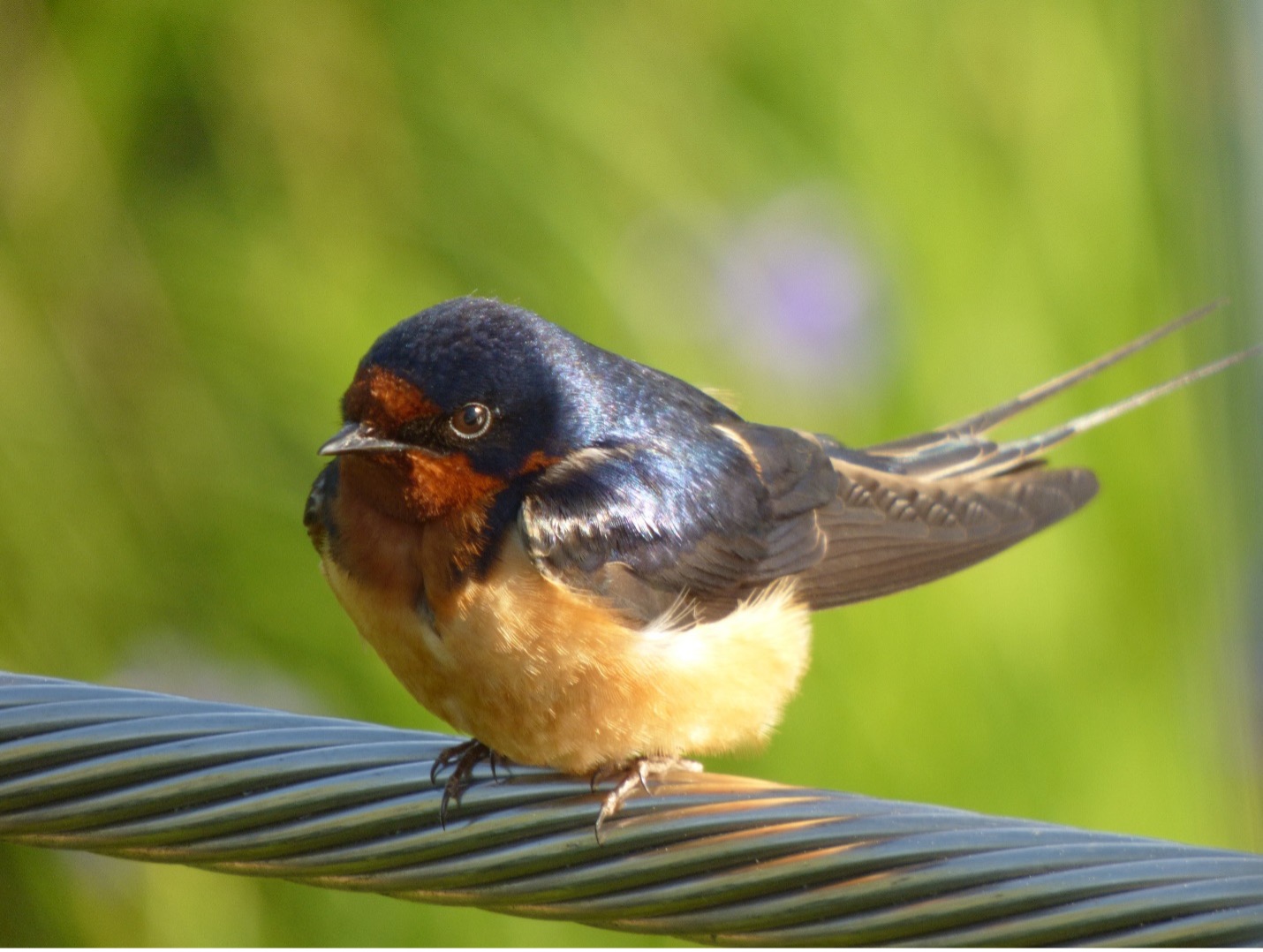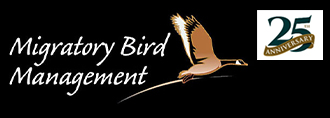
APPEARANCE
There are a few species of swallows in our area that can create nuisance issues: barn swallows, cliff swallows, and northern rough winged swallows. In general, swallows are a small songbird with very long, pointed wings and a small, but wide pointed beak. Most species incorporate countershading and are darker above than below and most incorporate some form of iridescence or metallic sheen to their feathers. Males and females look the same.
BEHAVIOR
Swallows fly and swoop in tight patterns, flapping consistently. They are incredibly agile on the wing and are generally not aggressive.
DIET
All swallows are voracious aerial insectivores and will catch and eat up to 850 insects and other tiny prey every day, all while on the wing.
HABITAT
Most swallow species inhabit areas near bodies of water where insect populations are the densest. Multiple swallow species can inhabit the same territory by feeding on slightly different types of insects or at different elevations. Because of loss of habitat and the use of insecticides, many swallow species are in serious decline with some common species here being considered endangered in Canada. The Purple Martin has lost all nesting habitat east of the Rockies and now relies entirely on human made nesting houses.
NESTING
Most swallows nest on overhangs where they build nests out of mud and grass and saliva. Other species nest in tree or rock cavities. Both parents will care for and raise the young, hunting often and bringing back insects.
MIGRATION
Swallows are long distance migrants, flying between wintering grounds in Central and South America and nesting territory in the US and Canada every year.
ISSUES CAUSED BY SWALLOWS:
- Nesting in loading docks and building overhangs
- Because nests occur over the heads of humans, there is frequent droppings being rained down on workers and visitors
- Droppings are acidic and accumulations may damage structures
- Accumulating droppings cause a human health hazard
HOW TO MANAGE ISSUES WITH SWALLOWS
- Exclude swallows from loitering by blocking off perching areas
- Structural deterrents to make loitering areas uncomfortable or unwelcoming to swallows
- Harassment of swallows with lasers
- Removal of nesting material before eggs are laid
Sources: The Audubon Society, Cornell Lab of Ornithology bird guide, Humane Society of the United States, Internet Center for Wildlife Damage Management, Nest Watch


